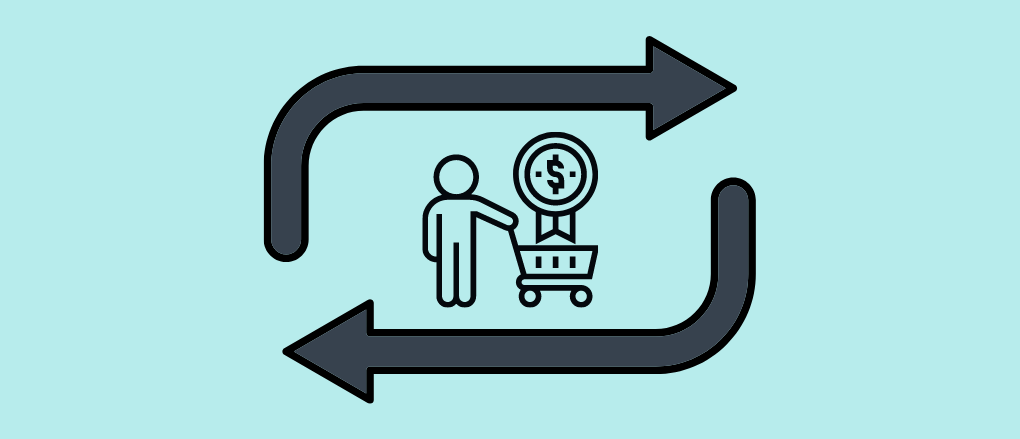Developing a well-rounded marketing strategy is one of the best things you can do to drive consistent profit for any company.
But all too often marketing strategies focus solely on how to acquire new customers.
The problem with that?
Your business can’t survive on new customers alone. Your strategy needs to include a plan on how you continue to generate revenue from your existing customers.
And that’s where customer marketing comes into play.
What is Customer Marketing?
Customer marketing is what you call it when you market to your current list of customers, rather than new folks who don’t know you. It’s all about boosting loyalty, retention, advocacy and customer satisfaction.
Customer marketing campaigns are typically designed to keep your brand at the top of your customer’s minds so they come back and buy again.
Some examples of customer marketing activities are:
- Welcome emails that make great first impressions for your brand
- Loyalty programs that reward your best customers
- Birthday emails that deliver special discounts
- A welcome video from your founder on product thank you pages
- Success stories to inspire your your customer base
Why Customer Marketing is Critical for Growing Your Brand
Loyal customers spend an average of 67% more with a business than new customers.
This is one of the reasons that many brands generate a majority of their revenue from their existing customer base rather than brand new customers.
While a steady flow of new faces is a necessity for any business to stay afloat, those same businesses rely on their followings to generate the bulk of their income. Without a balance of retention and acquisition, no business can survive in the long run.
But customer retention isn’t just about high-quality products; the best way to keep customers coming back is to develop a customer marketing strategy.
Today, we’re going to talk about how you can build a strategy that consistently turns your first time store visitors into loyal brand followers.
How to Create a Customer Marketing Strategy that Skyrockets Your Growth
We’ll tackle the challenge of developing a strategy in three main steps.
Starting with the first (and one of the most important): the mindset of your organization.
Step #1: Establish a Value-First Mindset Across Your Organization
Most consumers aren’t willing to provide any value to a business if they aren’t going to get any in return.
Traditionally, the value a business provides is its products or services.
But you can give your business the edge in the ring by providing value to customers before, during, and after their purchase.
This value-first mindset is one of the keys to successful customer marketing.
From stellar customer service to building buyer personas, here are some of the best ways you can adopt a value-first mindset for your business.
Ensure You Deliver Mind-Blowingly Good Customer Service
Over $62 billion is lost every year by American companies due to poor customer service.
And that’s because it’s often a low priority for many businesses. But before you can move on the rest of your customer marketing plan, you’ll need to ensure the foundation is well-built.
A) Create Multiple Channels for Customer to Contact You Through
The first step towards a stellar customer service center is to build multiple communication channels.
Customers have different preferences and different issues that might require more or less attention to deal with. To effectively handle all of the inbound customer requests, you’ll need more than just an email ticket system.
JetBlue is an excellent example of top-notch customer service:
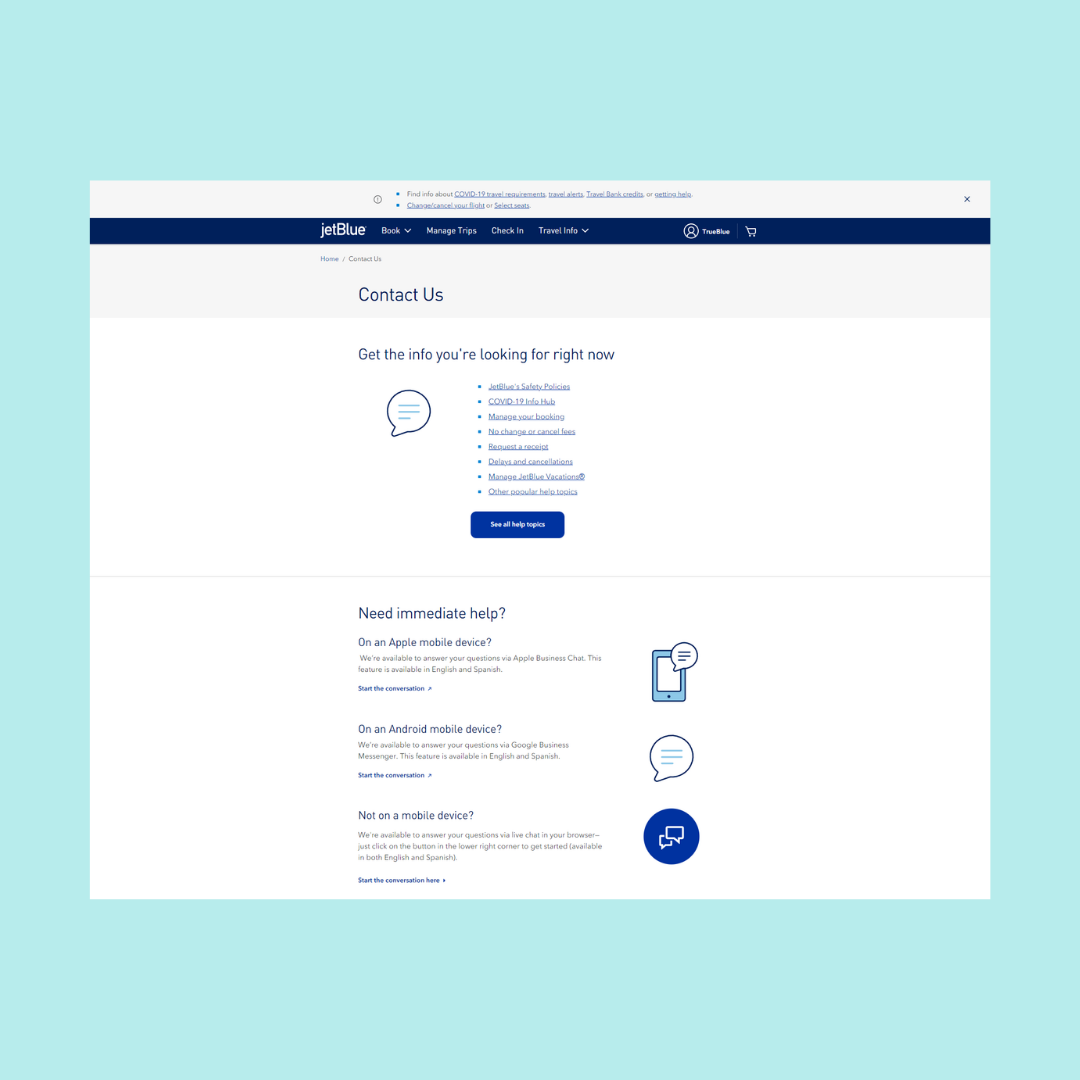
From a phone line to a live chat, and even a highly detailed FAQ section, there’s not a missed note here.
For your own business, consider starting a virtual call center with an app like EasyCall or integrating a live chat plugin to your site so customers can get fast support when they need it.
B) Develop a Helpdesk for Common Issues
One of the best ways to quickly deal with customer complaints and problems is to solve those problems before they need to contact you.
Create a helpdesk and/or FAQ section on your site for the most common issues that customers might have.
While it won’t reduce 100% of customer complaints, it will still likely reduce your customer support team’s workload by enabling customers to find quick solutions to problems without having to wait in a queue.
As your business grows, the list of common customer problems will too. Keep track of customer service interactions and make sure to add common problems (and their solutions) to the helpdesk as trends start to appear.
C) Ensure that Every Customer Walks Away 100% Satisfied
Sometimes, it’s better to take a small hit to your short-term profit to ensure a customer walks away satisfied.
Why?
While a satisfied customer will likely come back or leave a good review, an unsatisfied one is just as likely to leave a bad review and never return.
Train your customer service team to make sure that the vast majority of customers have their problems solved. This can mean offering easy refunds, in-store credit and discounts, or product swaps for unhappy customers.
While offering a free return might be a temporary hit to your bottom line, the save of face will be much more profitable in the long run.
Training your support team on the best language and phrases to use in their interactions is another great way to improve your quality of service.
Take Steps to Better Understand Your Customer Base
The brand that serves its customers best is the brand that understands its customer base the best.
While it’s easy to go off of intuition, the most profitable businesses use data to inform their approach and cater to audiences.
Here’s how you can develop a strong understanding of your own audience.
A) Take Surveys After Customer Interactions & Purchases
Asking a customer about their opinion directly is often the best way to find it out. Whether in the form of reviews or surveys, a decent number of customers are willing to answer quick questions you may have about your own service.
At the same time, it’s important to avoid being pushy about them.
Here are some ways you can fit in customer surveys without being too intrusive.
- Use Thank You Pages to Ask for Customer Opinions
Thank you pages are a great way to subtly ask for customer opinions. You can use a plugin like ReConvert to include short questions after the purchase.
This is a great opportunity because it comes after the purchase and avoids swaying customers from buying. - Send Customers Review Requests via Email
Set an email campaign to automatically send review requests 7-14 days post-purchase. This gives customers enough time to develop insightful opinions that you can use to improve those products going forward.
It also runs the benefit of generating social proof for your brand. - Ask Customers to Answer Short Questionnaires After Customer Service Interactions
Asking customers to leave reviews and opinions on their support interactions allows you to see the strengths and weaknesses of your team.
B) Use Purchase Data to Identify Trends
Customer purchase data (from both your store and competitor stores) can provide invaluable data on market trends.
While you can’t get the backend data on competitor stores, you can visit them and see the reviews left on each product. Sites like Amazon are great opportunities to see what types of products are popular and which ones aren’t moving off the shelves fast enough.
This is true for your own store too.
Using the purchase data of your customers, you can identify popular products and focus on them.
Though it’s important to remember, low orders on specific products don’t always mean that customers aren’t interested.
A high number of page views with a low number of add-to-carts can mean that your product might just be overpriced.
While a high number of add-to-carts with a low conversion rate can signal that something is wrong with your checkout process instead.
C) Build Buyer Personas for Your Most Common Audience Groups
Buyer personas are invaluable to businesses because they allow you to get into the minds of your most common groups of customers.
In general, you’ll want to use data from customers to create a few main personas. You can get this data through various means.
For instance, some of that information can be found through orders, while you’ll need to ask customers directly to find out certain pain points and demographic data.
We recommend a mixed approach, using both purchase data and trends while also using direct customer interviews and surveys to build those personas.
What should be included in a buyer persona? The information that’s relevant changes for every business, but here’s a basic example a fishing pole company might use:

Not all of this information might seem directly relevant, but it makes all the difference when you’re deciding on changes within the company.
The most apparent things that might be helpful about this persona are that customers commonly use Facebook and Twitter, so those would be great places to start marketing campaigns on.
Things like the “Goals” section might help you decide on product changes or marketing messages. Ask yourself, “Does this change help us solve customer pain points and achieve goals?”
Most businesses don’t just have one common group of buyers, though, so it’s helpful to create buyer personas to fit most major consumer groups that work with your business.
👉Key Takeaway: The first part of a successful customer marketing strategy is excellent customer service. Take steps to create a customer-first mindset across your organization and cater specifically to their needs.
And now that we’ve covered how you can provide more value to your audience, it’s time to talk about step 2 of creating your customer marketing strategy.
Step #2: Build Systems to Stay at the Top of Consumer Minds
Once the foundations of your strategy are set, it’s time to build the systems that will keep your business at the top of your customers’ minds.
Here’s how you can do just that.
Create an Active Community and Foster it
An active community around your brand and products is one of the best catalysts for brand interests from both old and new customers.
One of the best examples of this is Harley Davidson:
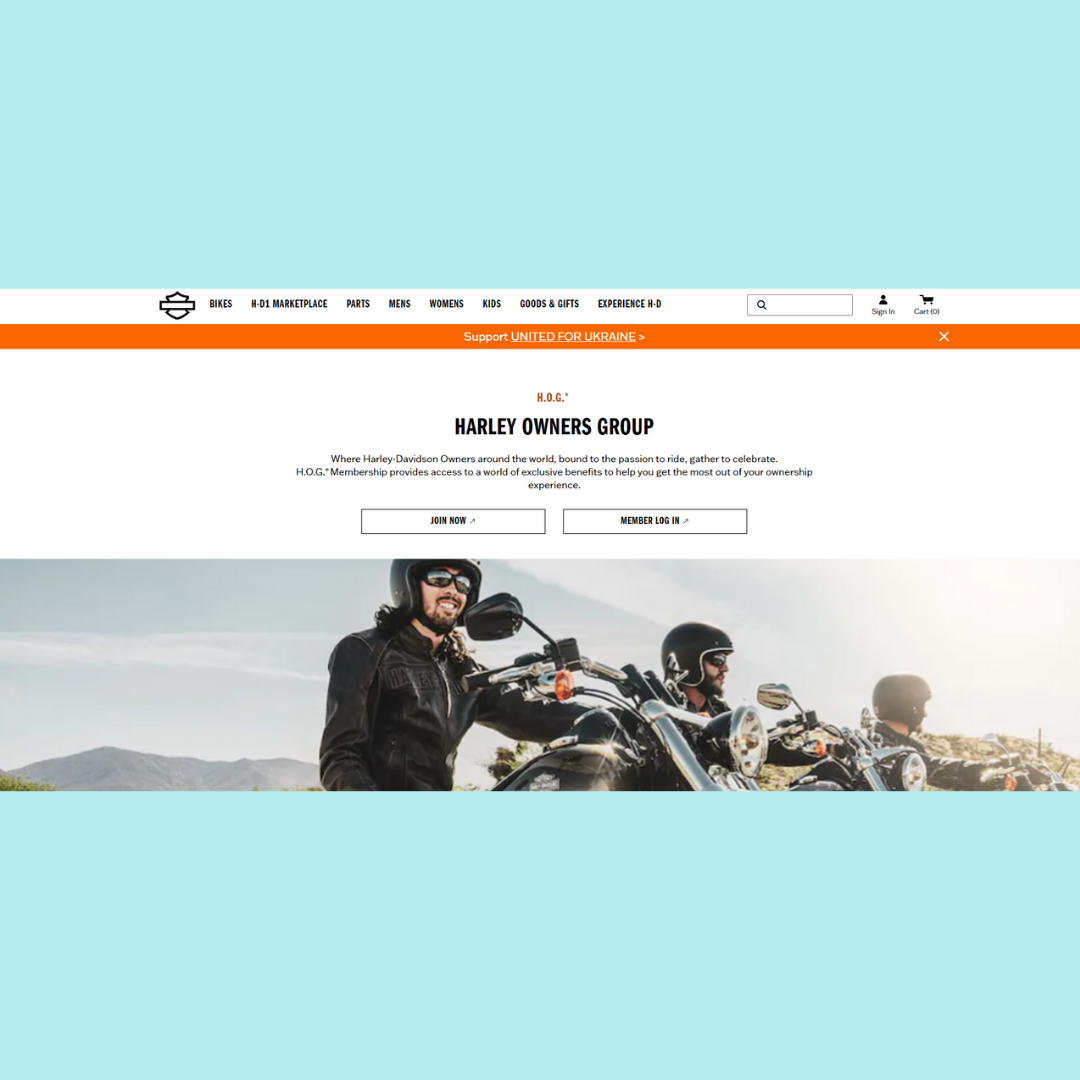
Not only does Harley Davidson have its own owners group for those who’ve purchased the motorcycles they sell, but they take active steps to create a brand that encourages that community.
They do this by offering high-quality products, encouraging discussion and engagement, and developing a brand identity that helps customers feel like part of the “pack,” if you will.
After all, Harley fans are some of the most avid on the planet.
In your own brand, you can adopt similar tactics by creating social media pages and directly interacting with your customer base.
You can also create active events, sweepstakes, and competitions for customers to participate in.
One famous example of that is Domino’s “Free Pizza for a Year” sweepstakes. All customers had to do was signup to receive notifications and give their emails and phone numbers.
(Giveaways are also great opportunities to grow your email list!)
Develop Value-Filled Content on a Regular Basis
Online content is another great way to keep customers coming back to your site and social media pages while providing value at the same time.
Slack’s blog “Several People Are Typing” is one example of this:
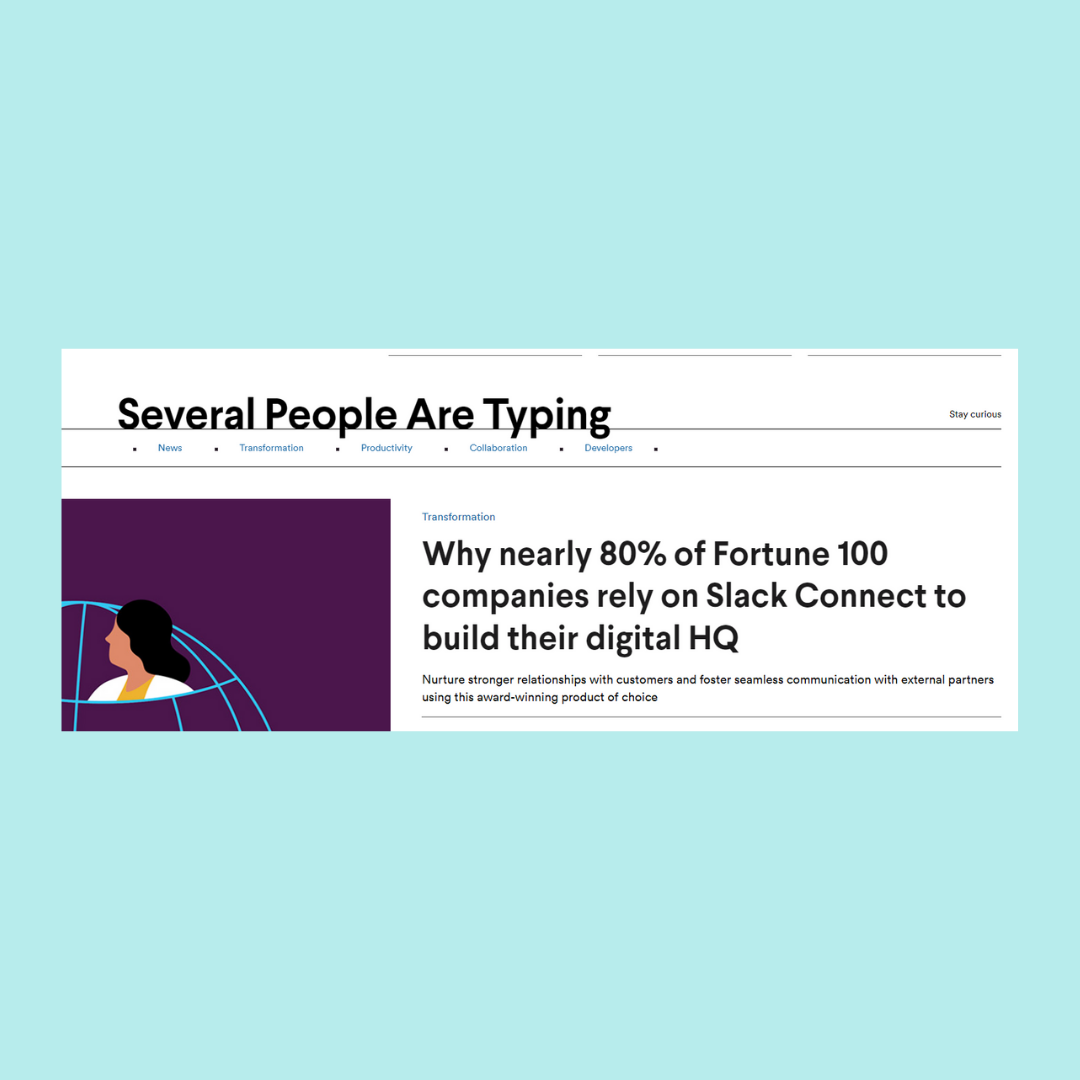
On the blog, they provide helpful content as well as industry news and insights. Another example of a business blog is the one you’re reading right now.
But blog content isn’t the only method you can use to consistently deliver value to your audience. Google, for instance, has a YouTube channel to help website owners improve their SEO.
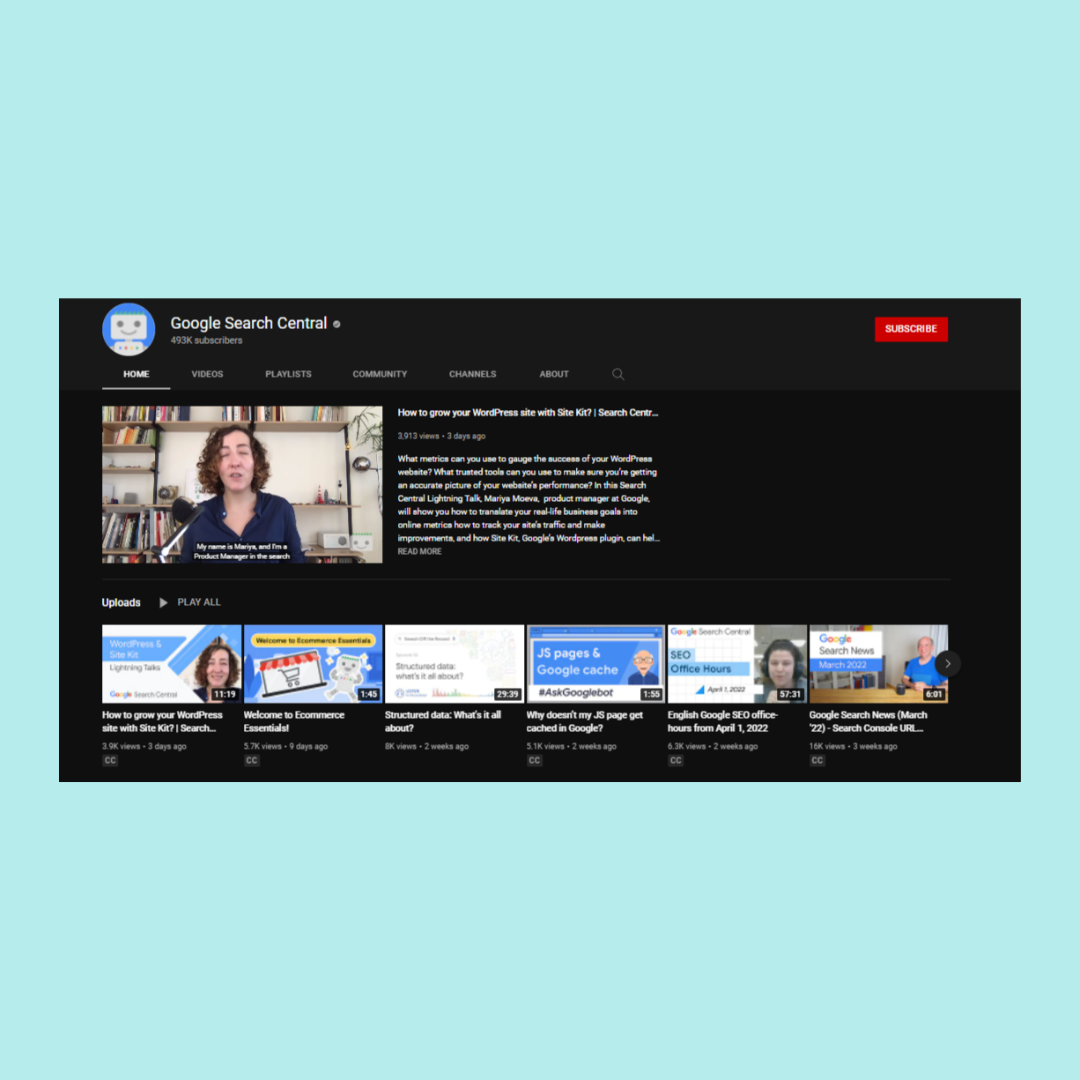
The channel uploads regular videos on how you can optimize your site to appear more often on the search engine.
Blogs and YouTube channels are great ways to deliver value to your customers because they’re easily digestible, practical, and free to use.
And, as we mentioned before, a customer that regularly reads your content is one that keeps your brand at the top of mind – which means you’ll be one of the first choices when they decide to purchase.
Develop Top-of-Mind Marketing Campaigns
The next tactic you can use to improve your brand awareness and stay at top of consumer minds is with a marketing campaign specifically designed to target previous customers.
- Use Retargeting Ads on Popular Social Media Platforms
Use popular social media platforms to create retargeting ad campaigns. Instead of setting goals to find new customers, these ads should specifically target your previous buyers and market-relevant products.
You can test new products in these campaigns or use previous purchase data to find out which products returning customers tend to be interested in. Another smart approach is to promote your best content via retargeting ads to remind customers how awesome you are! - Newsletters & Email Marketing
Email marketing is one of the most lucrative tactics out there.
You can use email to recapture customers who’ve abandoned carts or to send promotions out to people who haven’t purchased in a long time.
Email is also a great channel to repurpose your content in the form of short newsletters.
👉Key Takeaway: Staying at the top-of-mind is the best way to ensure that a previous customer comes back. Use email, online content, and social media to regularly promote your brand and products to previous customers. (without being spammy)
Step #3: Create Incentives that Reward Customers for Sticking with Your Brand
75% of consumers say they favor companies that offer rewards.
To encourage your customers to stay with your brand longer, create incentives that reward them for doing so.
Here are some ideas you can use to do just that in your own business.
Encourage Previous Customers to Give Referrals
Design a referral program for your business that gives discounts, commissions, or rewards to customers who refer family and friends.
You could give a $10 coupon to any customer if their referral makes a $50+ order, for instance.
Affiliate marketing programs are also great ways to do this for high-ticket products.
Using a site like ClickBank, you can allow customers to earn commissions if they get someone to purchase from your store.
Create a Loyalty Program
Loyalty programs are great incentives for long-time customers because they encourage them to keep coming back to the same brand.
Loyalty programs come in many shapes and sizes, but the general idea is that they boost customer loyalty by giving rewards that stack up with every purchase.
Barnes & Nobles, for instance, has a paid loyalty program with a whole slew of benefits for members. It costs an annual fee, but allows customers to get free shipping, in-store discounts, and early access to releases.
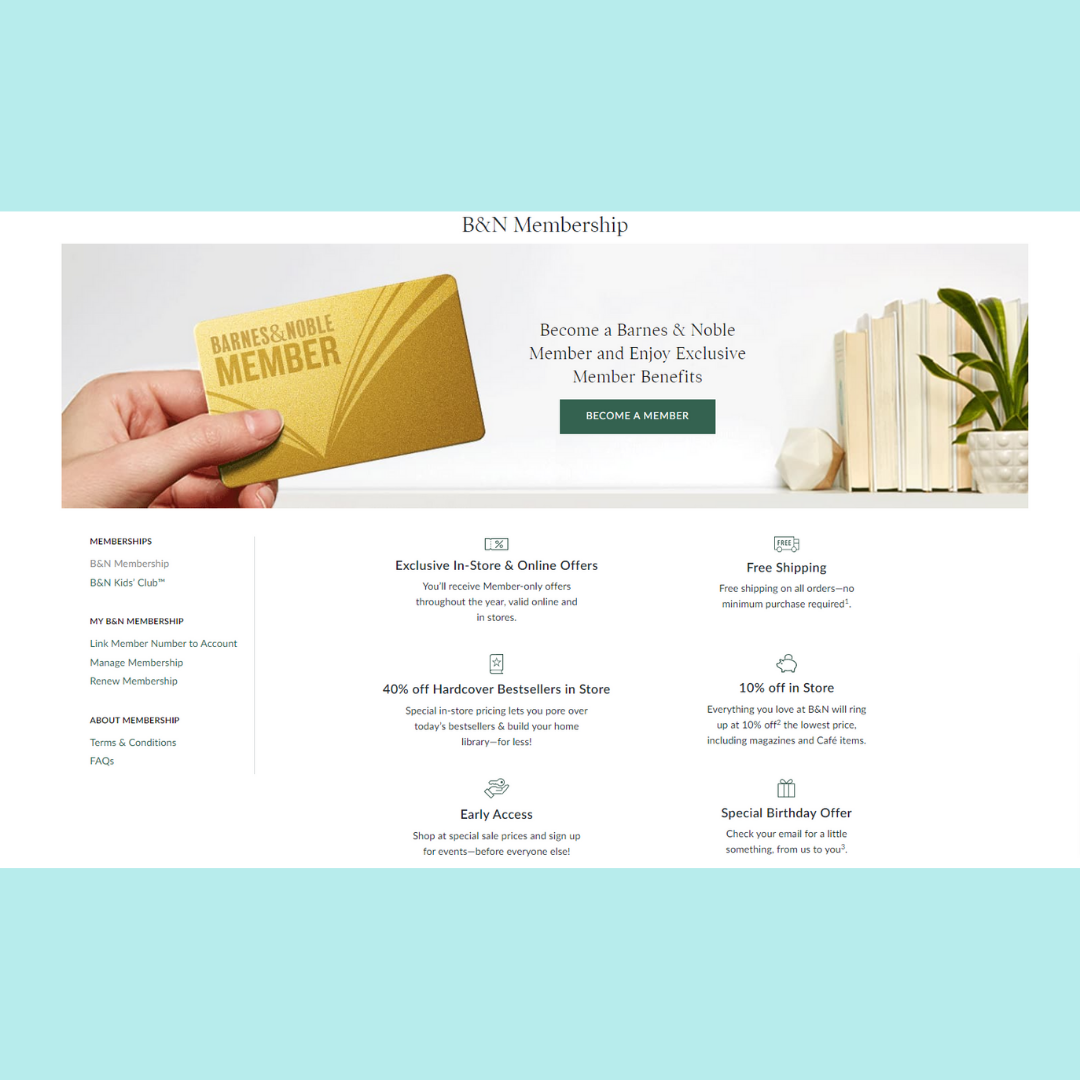
For your own business, you can design a simple loyalty program through stamp cards or a free app if you’re on a platform like Shopify.
Personalize the Customer Experience
Customers love brands that pay special attention to their followers.
And one of the best ways you can show that you’re paying attention is by personalizing the customer experience.
Take a brand like Winc, for example:

Before you ever make your first purchase, Winc takes a survey to figure out the things you like and don’t like. They use this information to give you custom wine recommendations based on your preferences.
You don’t need a fancy questionnaire to do something similar. If you’re on an online platform like Shopify or Wix, you can find a plugin that gives personalized recommendations to customers.
Or you can upsell complementary products when a customer makes a purchase.
And if your store has a physical location, train your staff to be helpful, friendly, and willing to help any customer find the perfect product for their needs.
👉Key Takeaway: Providing incentives to long-term customers gives them a reason to stick with you for the foreseeable future. Use loyalty programs and memberships to encourage previous customers to come back.
Why Customers Abandon Brands
So far, we’ve covered what you should do to generate more revenue from your existing customers.
But we’ve yet to talk about the mistakes that plenty of brands make in that process.
Let’s cover some of the most common mistakes that businesses make when it comes to customer marketing efforts.
Mistake #1: Poor Customer Service
Poor customer service is one of the cardinal sins of customer retention.
One bad experience can lose you a loyal customer forever.
To avoid losing customers, pay close attention to metrics like average queue times, customer satisfaction, and the number of customer complaints coming in the first place. (as well as why they’re coming in)
Mistake #2: Losing Customers to Competitor-Based Attrition
We’re in the age of Amazon, where every type of product can be bought straight from Amazon itself.
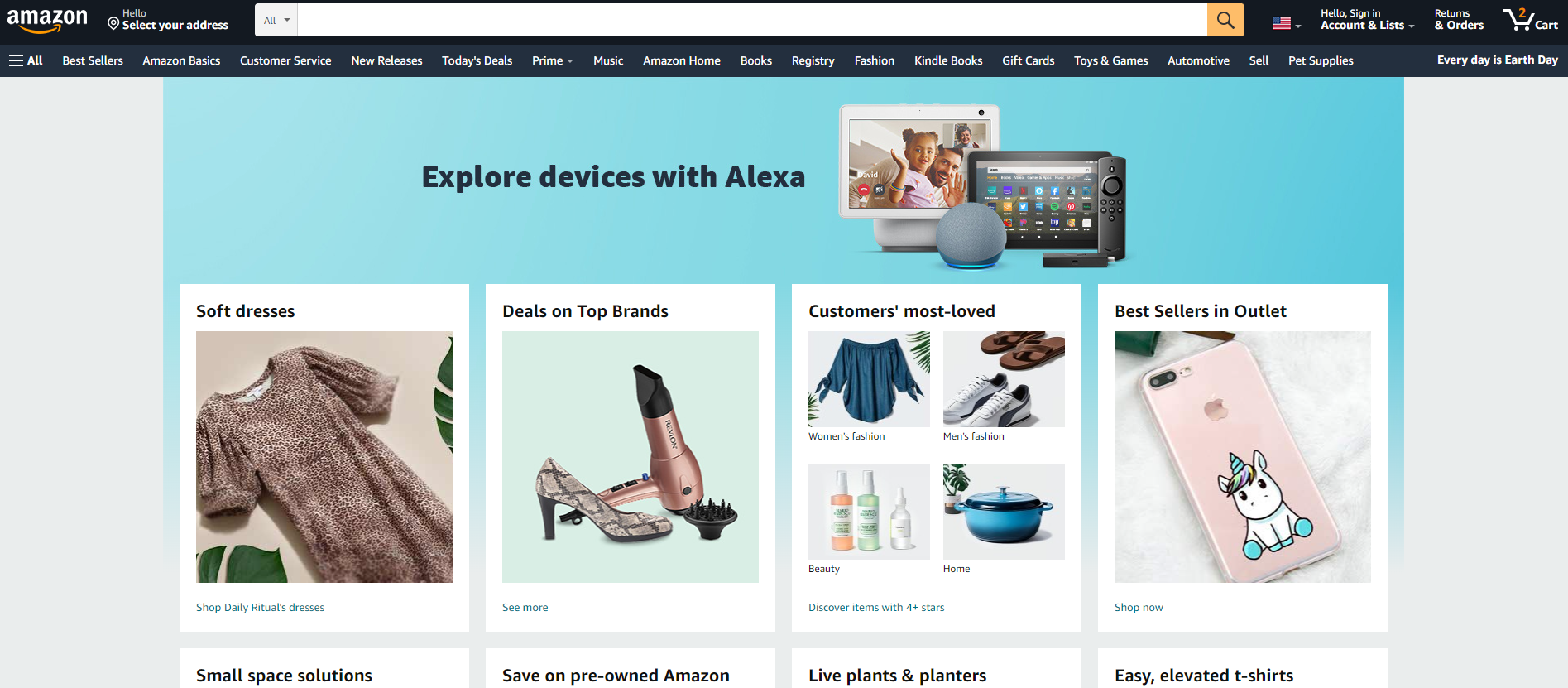
Because of that, your brand needs to give customers reason to pick you over the eCommerce giant.
Not only that, but you need to give them reasons to choose your brand over your direct competitors.
If your product isn’t as useful as another company’s, even the most loyal of customers will eventually make the switch.
To avoid this, always work to keep your brand ahead of the curve. Whether that’s by improving customer service, product quality, or developing products that solve common pain points better than the rest.
Mistake #3: Failing to Build Strong Brand Ties
A customer without a strong tie to your brand is just as likely to shop at a competitor as anywhere else.
Brands need to develop ties with their customers, but how?
First, make an effort to directly engage and communicate with your following on social media.
Second, ensure that your brand identity is unique and separates itself from the crowd.
McDonald’s success is in large part to its consistency and speed. Wherever you are in the world, you can expect a similar meal from McDonald’s, while the dining room inside will always look familiar.
These are integral to McDonald’s identity, and some of the reasons that the brand has thrived for so long.
The aforementioned Harley Davidson, on the other hand, takes special care to create high-quality bikes with unique aesthetics.
Every brand needs something that customers can latch onto and differentiate from their competitors, else they risk drowning in the crowd.
The Wrap Up: Creating an Effective Customer Marketing Strategy for Long-Term Profit
To create a customer marketing strategy that works, you need to do three things:
First, you need to create a strong foundation with a focus on customer value first.
Then, it’s time to develop the systems that keep your brand on the top of customers’ minds.
And lastly, your loyal customers should be rewarded for sticking with your brand.
Once you have all three in place, you’re well on the way to a thriving business that’s supported by a loyal following.
If you found this guide helpful, make sure to check out some of the other content on our blog!



